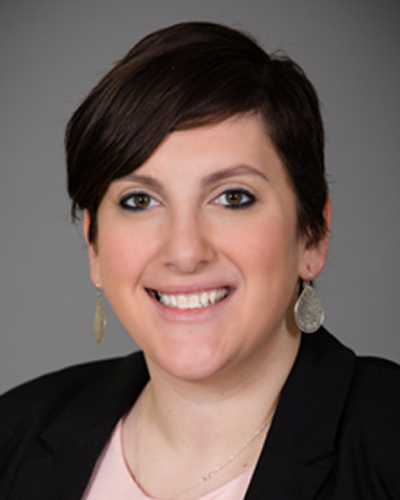Sometimes, creating a policy for your practice can present more challenges than you expect. Meal Periods tends to be one of them. There are benefits and drawbacks to both style of meal period – Paid and Unpaid.
Unpaid Meal Periods:
Benefits:
Employees have a break from their work day where they are relieved of all job duties, allowed to conduct their own personal business and recharge for the rest of the day. It also helps the practice control payroll and provide the coverage needed for patients.
Drawbacks:
Employees are off the clock and can not do any work practice related, leaving them unavailable to patients or other practice tasks. Because this is the employee’s personal time, they can go off site or run errands and be delayed returning to work, causing disruptions to the schedule.
Paid Meal Periods:
Benefits:
This allows business in the office to go on uninterrupted. Even if the office is closed for lunch, the phone can be answered and walk in patients helped because there is staff available to help them. Staff also tend to view a paid lunch as part of their employment and that can boost morale.
Drawbacks:
Employees become expectant of those hours in their pay and makes it hard to change in the future. Plus, even when there is nothing for staff to do, the practice will continue to pay them. Most importantly, Staff do not have a dedicated time to recharge during the day to ensure they stay energized for their whole shift and the benefit of running errands or having lunch outside of the practice is no longer available. Once the employee is on the clock, they should not leave the practice until it is time to leave for the day.
So which is the best for your practice? Well, how about we start with these questions?
- What does your state say?
FLSA (Fair Labor Standards Act) does not require rest or meal periods so reviewing the state requirements is important. Although some states also have no requirements for rest and meal periods, some states are rather strict and this should inform your policy. For example, Connecticut requires that employees who work 7.5 or more consecutive hours be given a meal period of at least 30 minutes between the first two and last two hours of their shift.
- Does work need to be done during this time?
If there is still patient traffic, phone calls or other tasks that will not get completed and will put the practice behind or out of favor with patients, it is important to consider if paid lunches might be a better fit. You want to ensure that you are setting your team up for success with the lunch period you choose.
- Does the practice close for lunch?
If your practice closes during lunch and there is no work to be done during that time, it may seem like your meal period speaks for itself. However, just because the practice closes, does not mean there aren’t tasks that need to be done.
- Can staff go on break at the same time?
When breaks are staggered, unpaid meals become easier for the practice because there is always someone available for patients. However, someone has to monitor that staff goes to lunch at the right time and returns on time so someone is always available.
- Do you need help controlling payroll?
Unpaid meal periods offer you great opportunity to control overtime expenses in your practice. If your staff is always scheduled to 40 hours a week to provide open to close coverage, staff members will often stay over their time resulting in over time. Unpaid lunches give a buffer of time to help drive compliance to your policies.
These questions are meant to help you reflect on the important aspects of create a policy like this. Whichever you choose, both have benefits for your practice. However, Clarity and ease of understanding are the best for yourself and staff and should be the priority with any policy.














